How The Rise Of Suburbs Changed American Childhoods Forever
The mid-20th century witnessed a significant shift in American living patterns with the rise of suburbia. Post-World War II economic prosperity enabled many families to move from crowded urban settings to spacious suburban areas. This movement redefined childhood experiences, providing environments that emphasized safety, community, and leisure. As more families settled into these neighborhoods, the suburban boom not only shaped childhoods but also influenced broader cultural and societal norms in America.
A New Playground: The Emergence of Suburban Neighborhoods
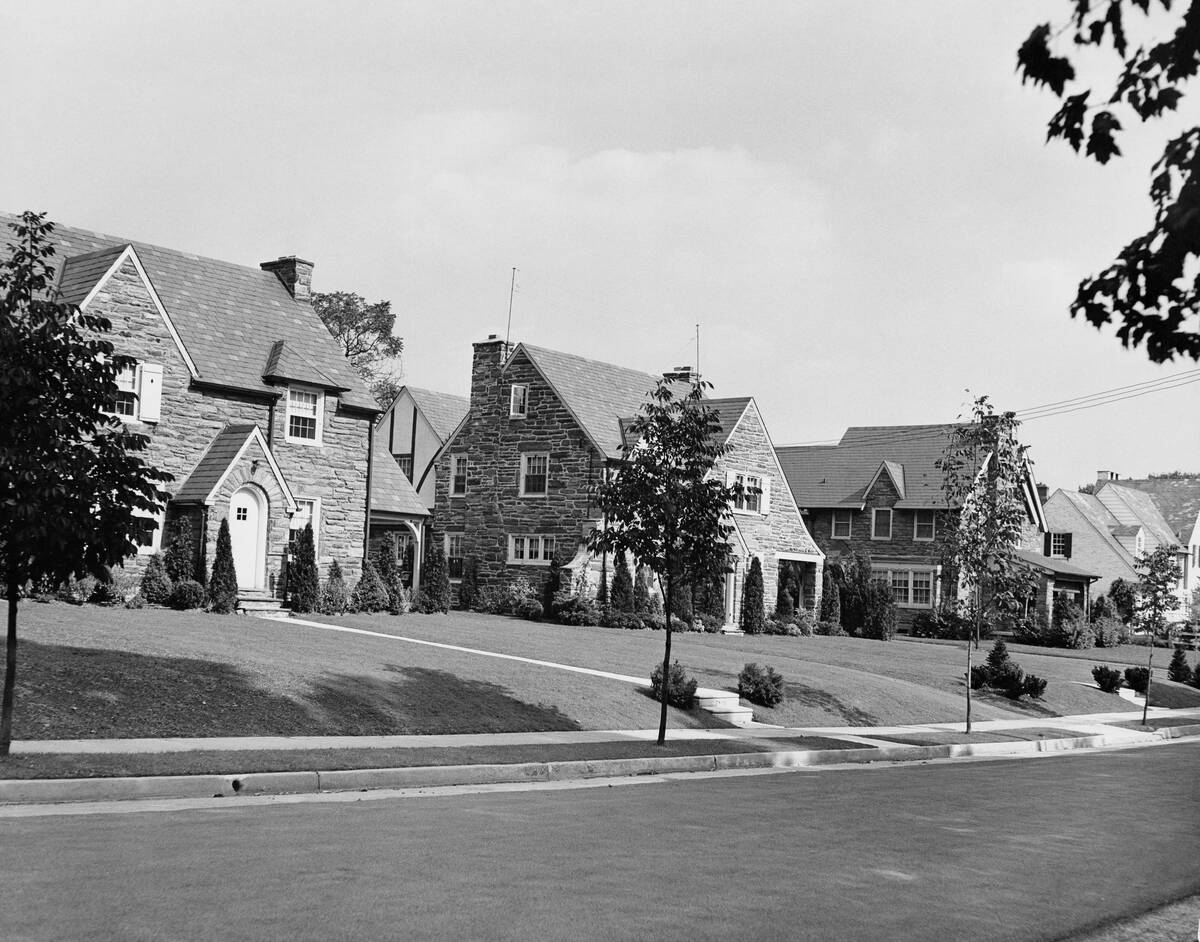
Suburban neighborhoods blossomed as attractive alternatives to urban living, offering families the promise of a better quality of life. These areas were characterized by their spacious layouts, often with tree-lined streets and less traffic. This new playground allowed kids to explore their surroundings more freely, fostering a sense of adventure and independence. The development of these neighborhoods marked a departure from cramped city apartments to homes with their own yards, ideal for play and exploration.
From City Streets to Cul-de-Sacs: A Safer Environment for Kids
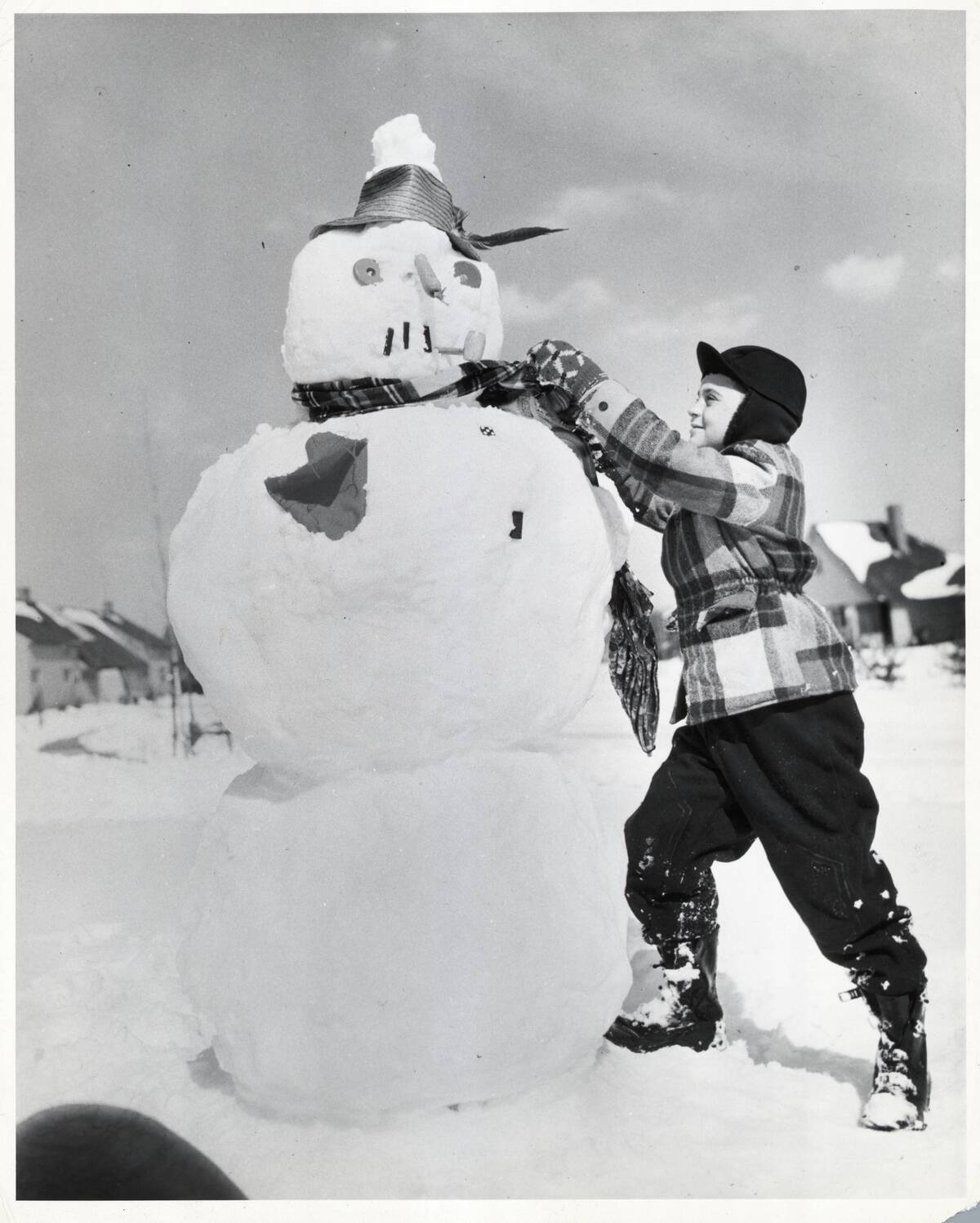
Cul-de-sacs became synonymous with suburban safety, providing a traffic-free zone for children to play. Unlike the busy streets of urban centers, these areas offered a haven for kids to ride bikes and play games without constant supervision. Parents found comfort in knowing that their children were less exposed to the dangers of city traffic. This transformation from city streets to cul-de-sacs contributed significantly to the perception of suburbia as the ideal environment for raising a family.
The Great Outdoors: Expanding Backyards and Green Spaces
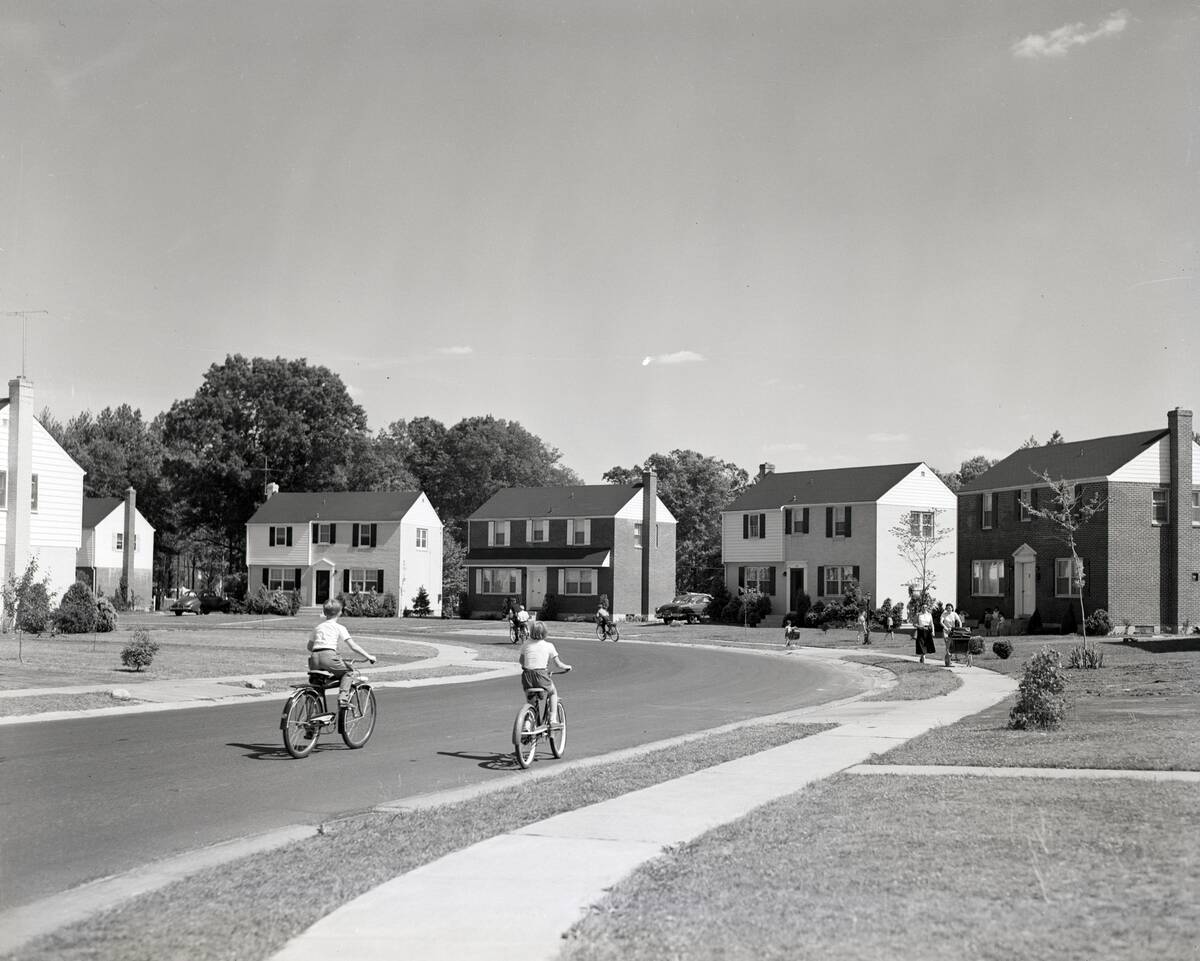
Suburban homes often came with expansive backyards, giving children ample space for outdoor activities. These green spaces became extensions of the home, where family gatherings, barbecues, and recreational activities took place. Parks and community green spaces further enriched suburban life, offering places for sports and picnics. The abundance of nature in these areas encouraged a lifestyle that embraced outdoor play and physical activity, contrasting with the limited outdoor space in urban settings.
The Rise of the Family-Friendly Suburban Home
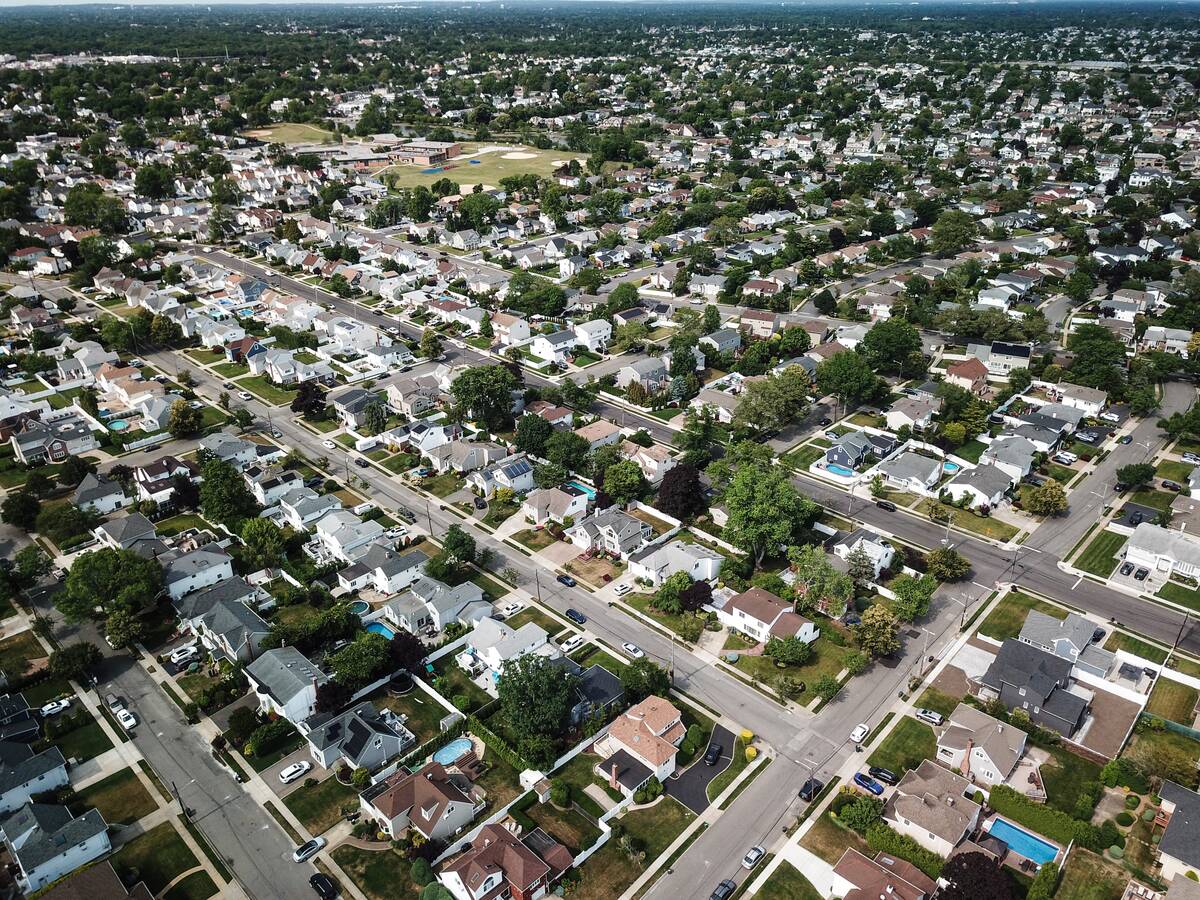
Suburban homes were designed with families in mind, often featuring multiple bedrooms, large living areas, and modern kitchens. These homes became the cornerstone of the American Dream, symbolizing stability and prosperity. The architectural designs often included garages and basements, providing additional space for storage and playrooms. This rise in family-friendly homes supported the growing needs of post-war families and reinforced the appeal of suburban living for raising children.
Car Culture: How Suburban Life Changed Family Transportation
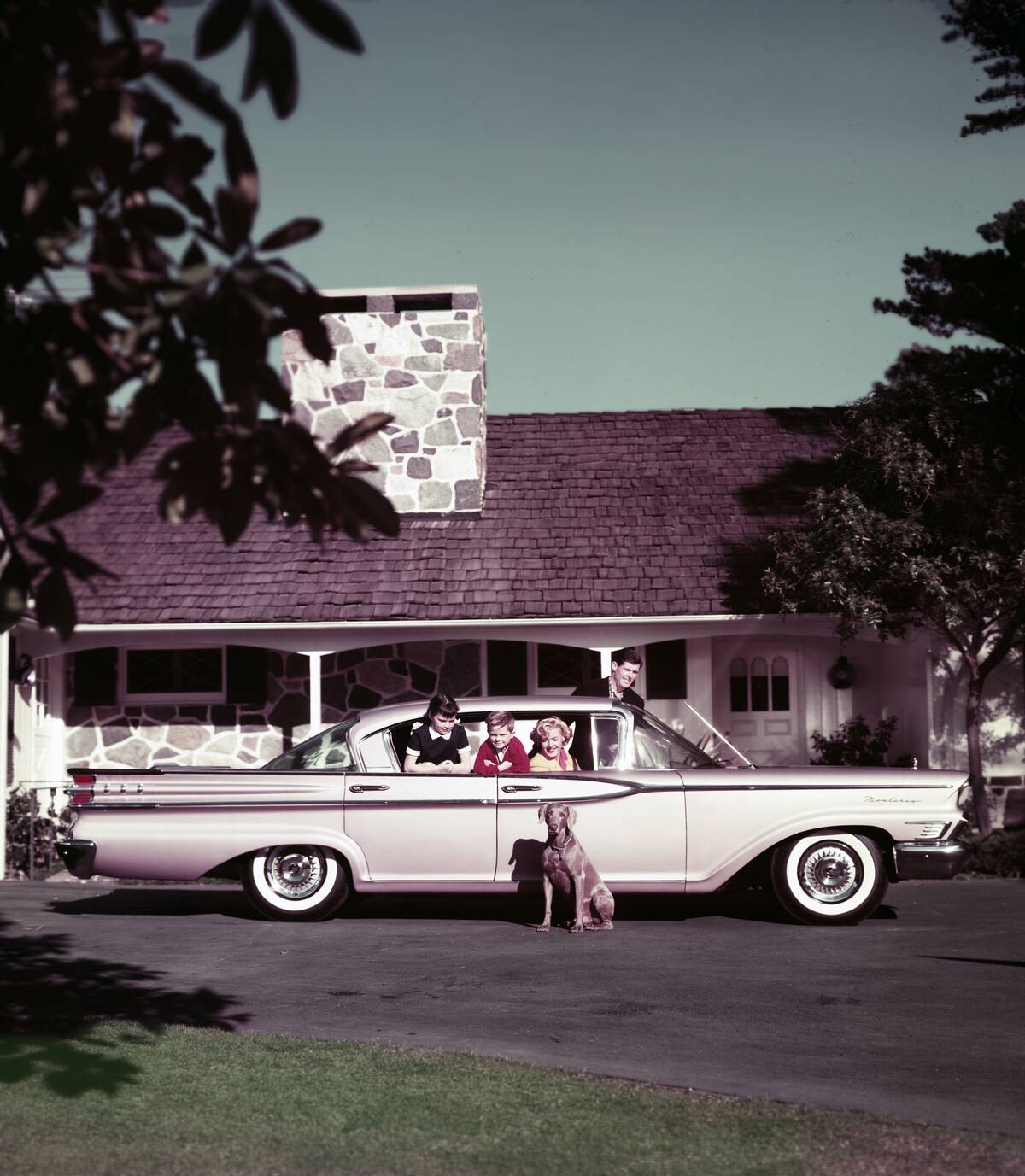
With the spread of suburbia, automobiles became essential for commuting and daily errands. Families often owned at least one car, marking a shift in transportation culture. The suburban layout, with its sprawling design, made cars necessary for reaching schools, shopping centers, and workplaces. This reliance on automobiles not only influenced the design of suburban neighborhoods, with wide roads and ample parking, but also contributed to the broader car culture that became a hallmark of American life.
School Days: The Growth of Suburban Educational Institutions
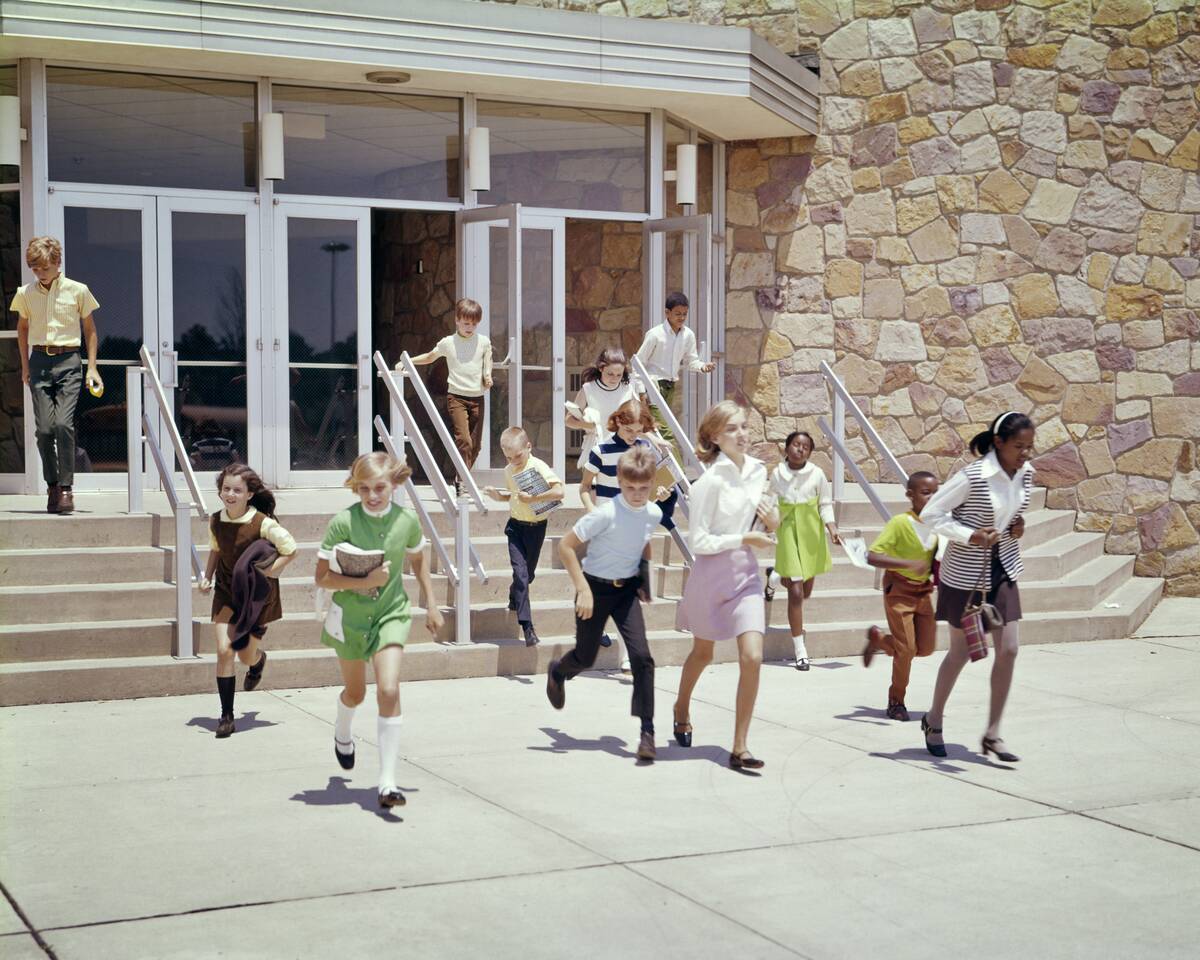
As suburban populations grew, so did the demand for educational facilities. New schools were built to accommodate the influx of young families, often featuring modern amenities and expansive grounds. These schools became central to community life, hosting events and serving as gathering places for families. The focus on education in suburban areas reflected the priorities of parents seeking better opportunities for their children, leading to the development of some of the nation’s top public school systems.
Sports and Recreation: The Birth of Little League and Community Teams
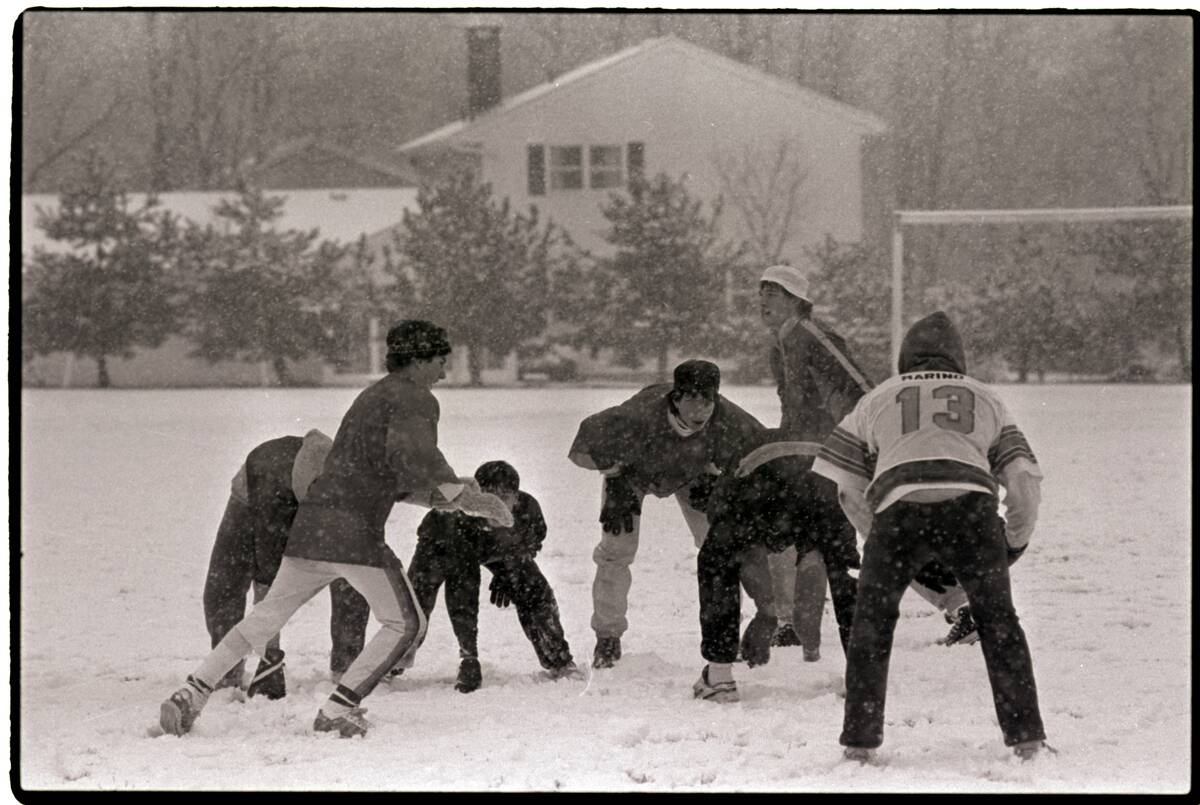
Suburban life gave rise to organized youth sports, with Little League baseball emerging as a beloved pastime. These community teams provided children with opportunities to develop skills, teamwork, and a sense of belonging. Parks and recreational facilities were integral to suburban planning, offering spaces for various sports and leisure activities. The emphasis on sports and recreation fostered a sense of community and healthy competition, becoming an important aspect of childhood in suburban neighborhoods.
The Decline of Urban Childhood Adventures
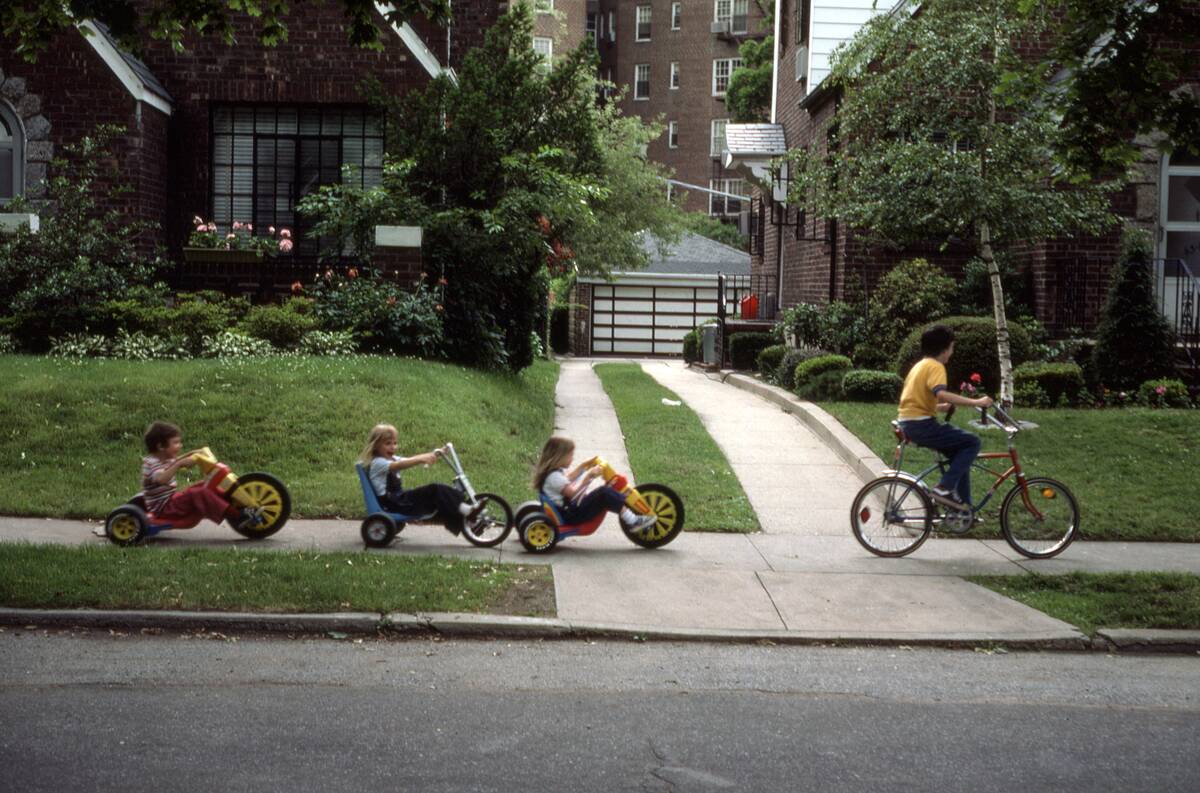
As families moved to the suburbs, the once-common urban childhood adventures began to wane. City kids who had roamed the streets and explored diverse neighborhoods found their experiences replaced by the structured environment of suburbia. The shift led to a decline in street games and the freewheeling lifestyle associated with urban childhoods. While suburban life offered safety and community, it also marked the end of the spontaneous and unstructured play that characterized urban childhood adventures.
A New Sense of Community: Neighborhood Friendships and Block Parties
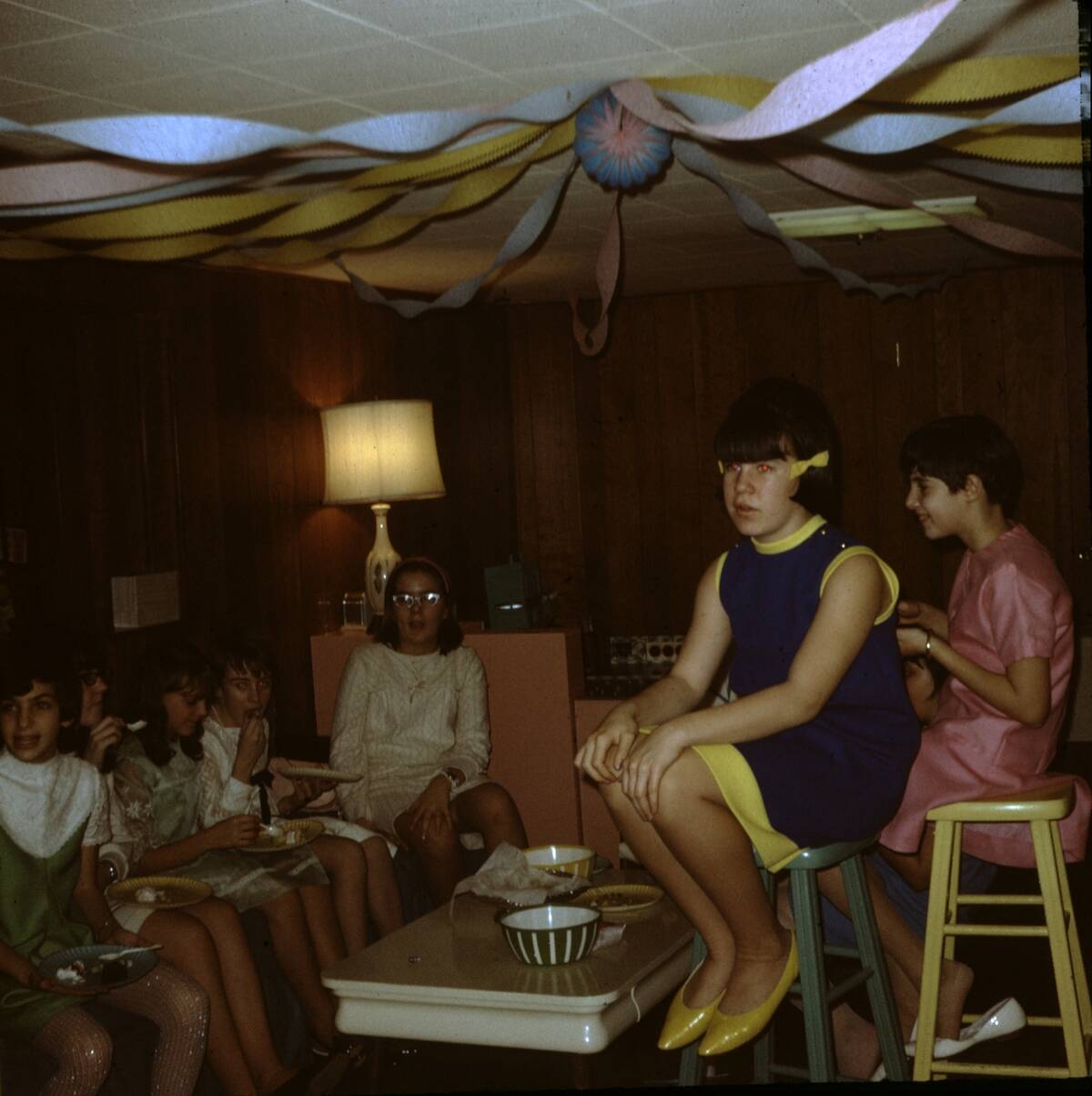
Suburban neighborhoods fostered a strong sense of community, with residents organizing block parties and neighborhood gatherings. These events were opportunities for families to connect, share food, and enjoy each other’s company. Children formed lasting friendships through these interactions, creating bonds that often lasted a lifetime. The emphasis on community in suburban areas was a defining feature, encouraging cooperation and camaraderie among residents and enhancing the overall quality of life.
The Role of Suburban Malls: A New Hangout Spot for Teens

The suburban mall became a central hub for teenagers, offering a space for socializing and entertainment. With numerous shops, food courts, and movie theaters, malls quickly became the go-to hangout spot. Teens flocked to these centers not only to shop but also to meet friends and enjoy a sense of independence. The mall culture that emerged in suburbia reflected the consumer-driven society of the time while providing a safe and supervised environment for adolescent social life.
Television and Suburbia: The Evolution of Family Entertainment
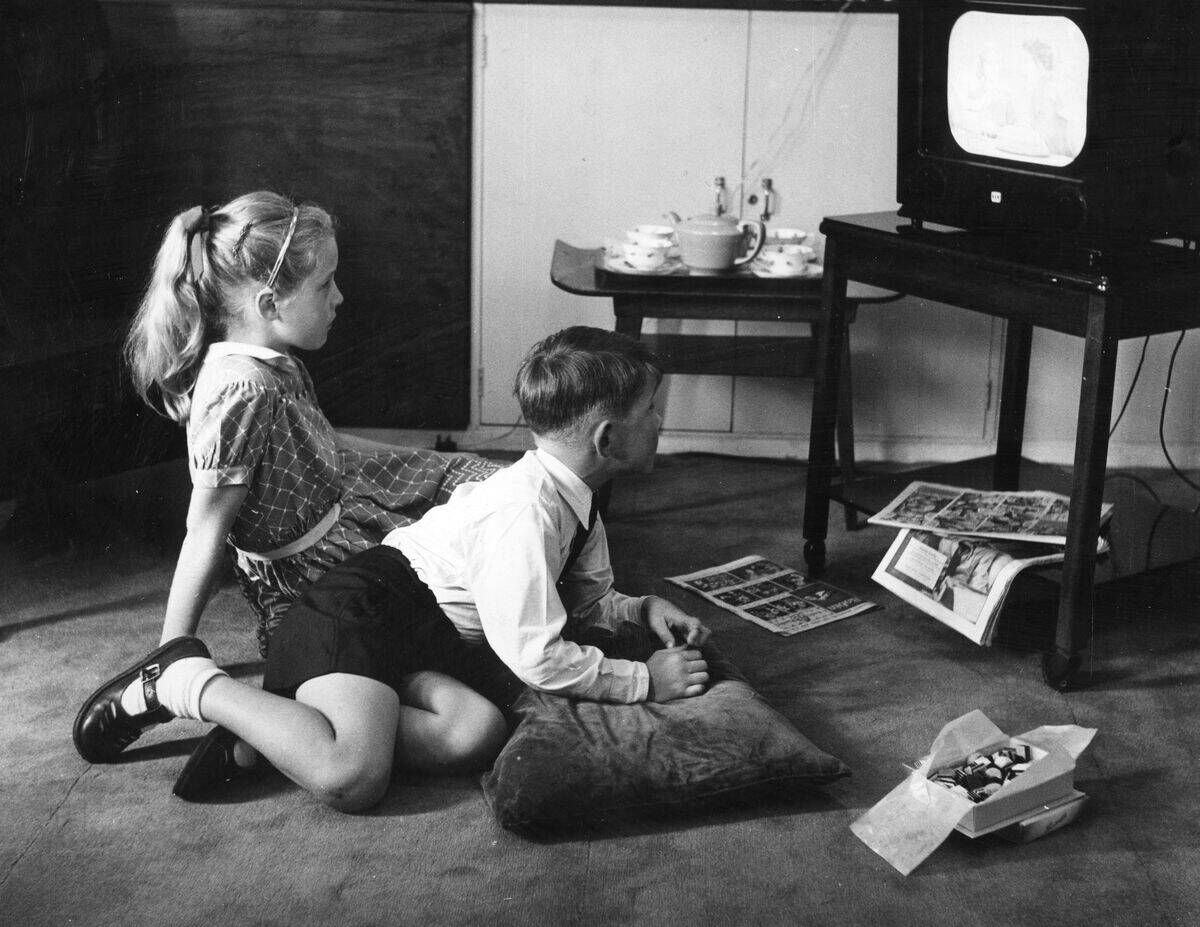
Television played a significant role in shaping suburban family entertainment, becoming a staple in most households. The rise of suburbia coincided with the golden age of TV, offering families a shared experience in their living rooms. Popular sitcoms depicted idealized suburban life, reinforcing cultural norms and aspirations. Television not only entertained but also connected families to the wider world, making it a central element of suburban leisure and family bonding.
The Influence of Suburban Culture on Toys and Games
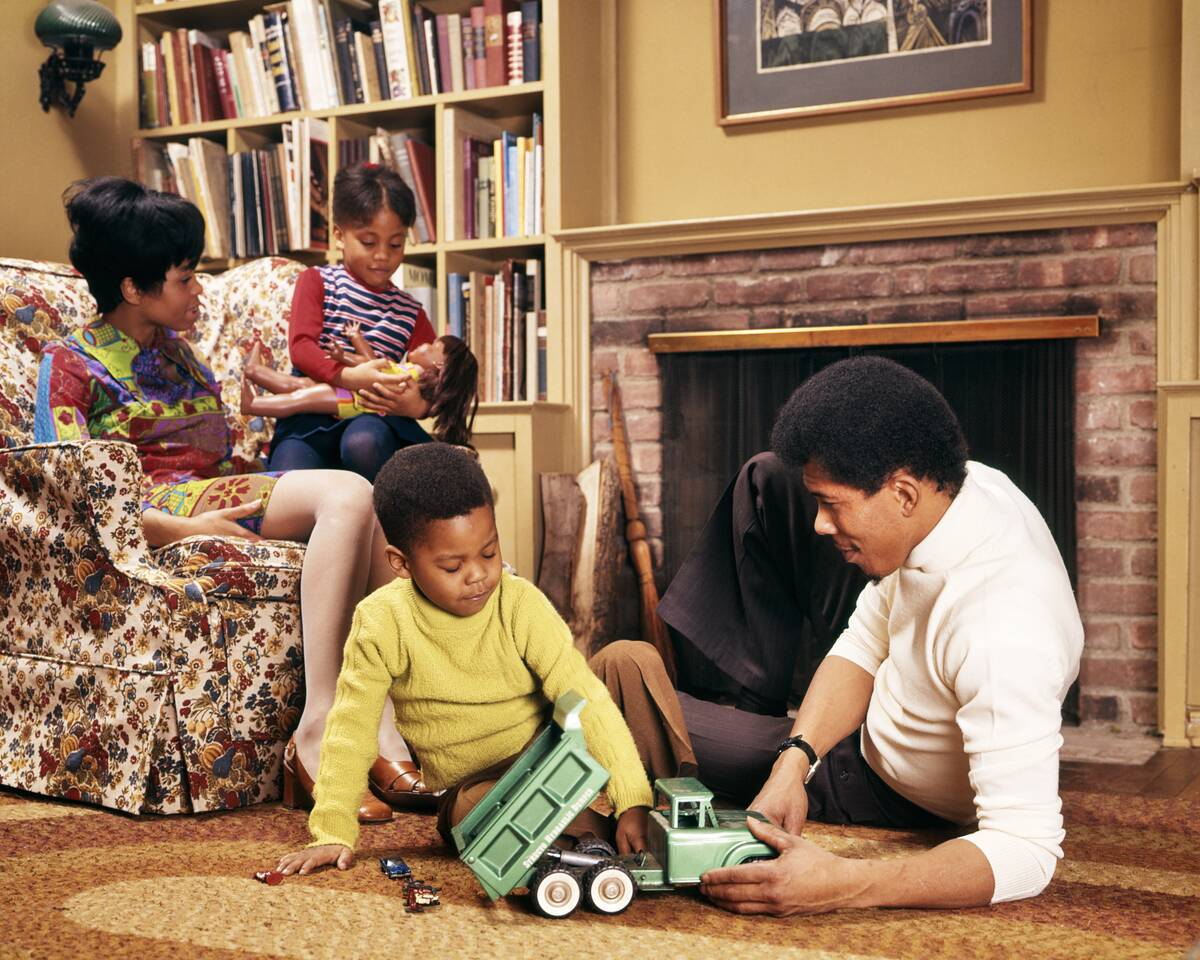
Suburban culture influenced the development and popularity of toys and games, with many reflecting the lifestyle and values of the era. Board games focused on family interactions, while outdoor toys like bicycles and swing sets encouraged physical activity. The spaciousness of suburban homes allowed for larger toys and more elaborate play setups. This era saw the rise of iconic toys that became cultural symbols, further embedding the suburban experience into the fabric of American childhood.
Shifting Family Dynamics: The Role of Stay-at-Home Parents
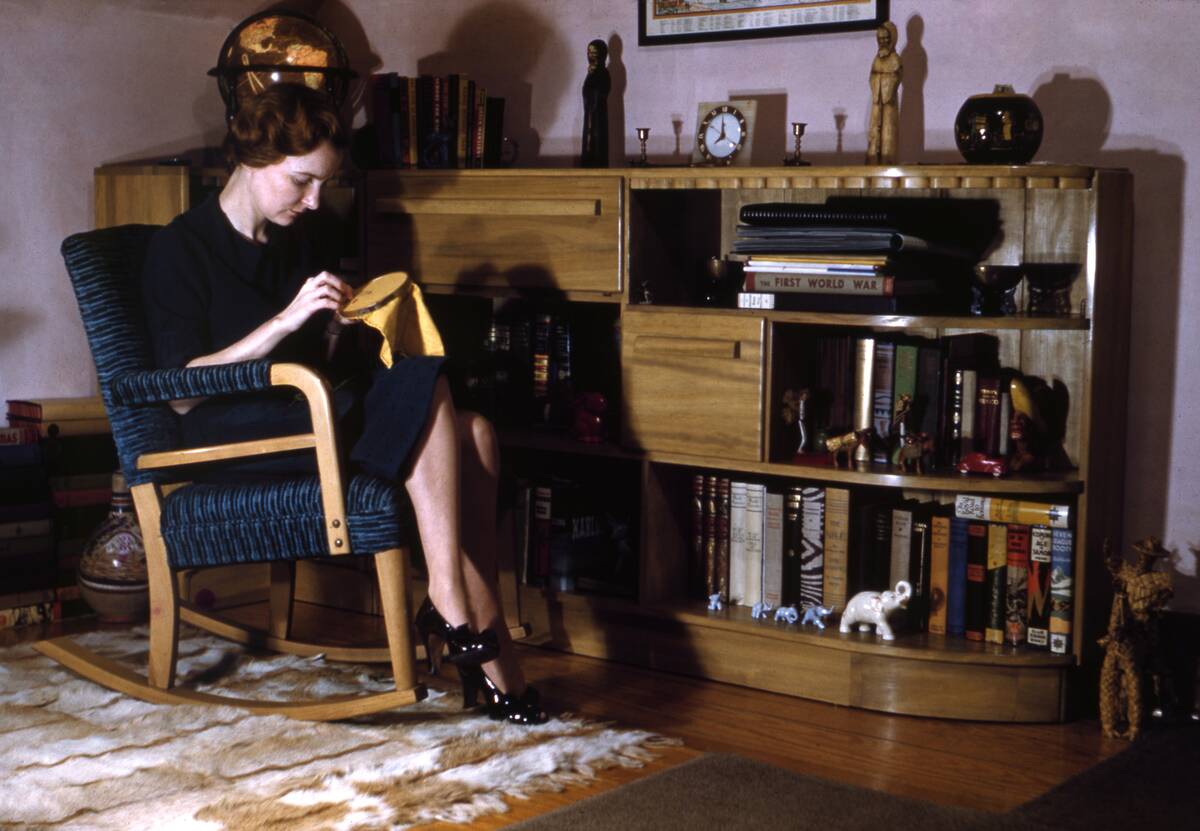
In many suburban households, the traditional family structure with a breadwinning father and a stay-at-home mother was prevalent. This dynamic allowed for a focus on child-rearing and household management. The presence of a stay-at-home parent often meant more involvement in school activities and community events. However, this dynamic also evolved over time, with more women entering the workforce, leading to shifts in family roles and responsibilities within suburban settings.
Diversity and Homogeneity: The Social Fabric of Suburban Neighborhoods
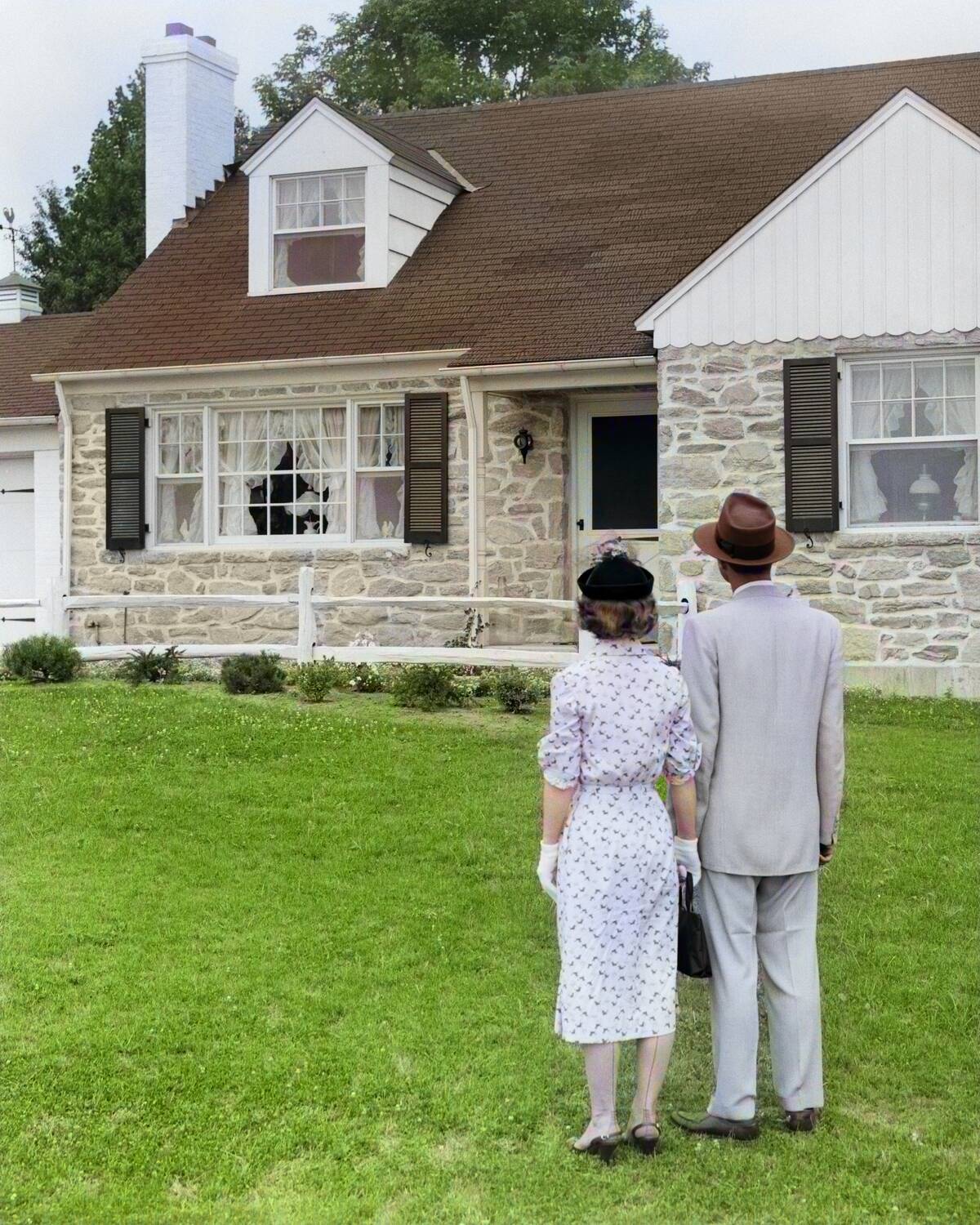
Early suburban neighborhoods were often criticized for their lack of diversity, as many communities were predominantly white and middle-class. This homogeneity was a reflection of broader societal patterns and policies of the time. However, as the years passed, suburbs began to diversify, reflecting America’s changing demographics. This shift brought new cultural influences and perspectives, enriching the social fabric of suburban life and challenging the stereotypes associated with these communities.
The Advent of Suburban Shopping Centers and Their Impact

The rise of suburban shopping centers transformed consumer habits, offering convenience and variety under one roof. These centers catered to the growing suburban population, providing easy access to goods and services. They became community hubs, where families could run errands, socialize, and enjoy leisure activities. The development of these centers marked a shift in retail patterns, moving away from city-centric shopping districts to more accessible suburban locations.
The Environmental Impact: From Concrete Jungles to Green Lawns
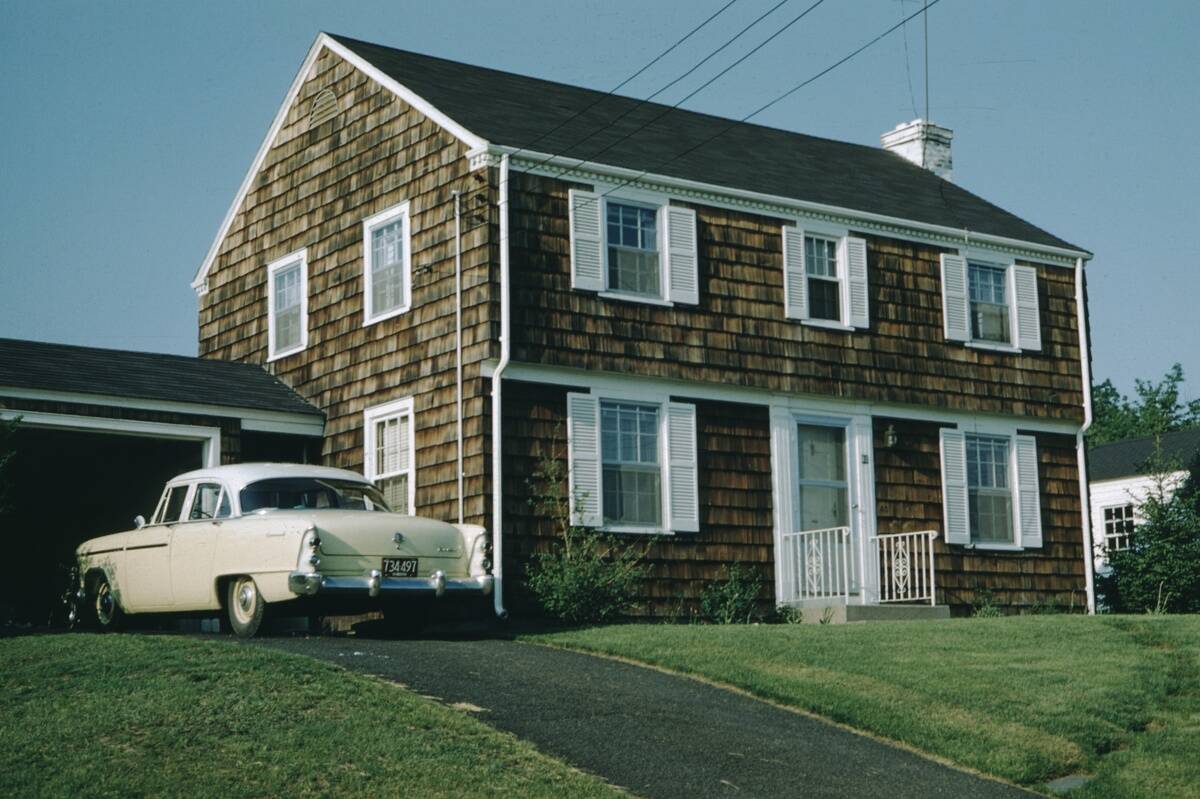
The suburban expansion brought environmental changes, replacing urban concrete jungles with sprawling green lawns. While this transition provided more green space, it also led to increased land consumption and habitat disruption. The maintenance of suburban lawns and landscapes often involved significant water usage and chemical treatments. As awareness of environmental issues grew, many suburban communities began seeking sustainable practices to balance the benefits of green spaces with ecological responsibility.
The Changing Landscape of American Teenagerhood
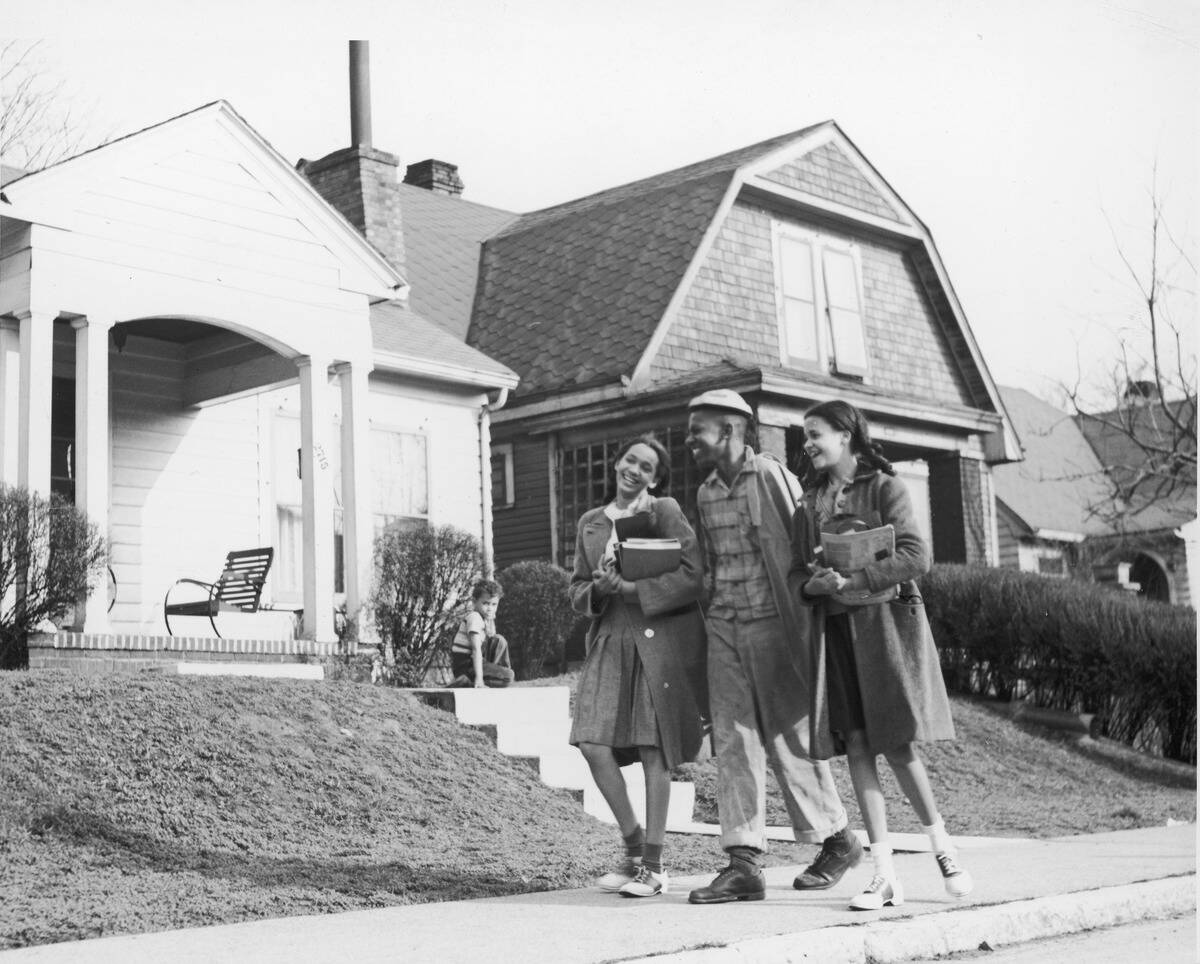
Suburban life shaped the teenage experience, offering unique opportunities and challenges. The availability of cars granted teens mobility and independence, while suburban schools and activities provided structured environments for growth. However, the isolation and homogeneity of some suburbs also presented social challenges. As suburbs diversified and technology advanced, the teenage experience continued to evolve, reflecting broader societal changes and the ongoing quest for identity and belonging.
Nostalgia and Pop Culture: Suburban Life in Movies and TV Shows
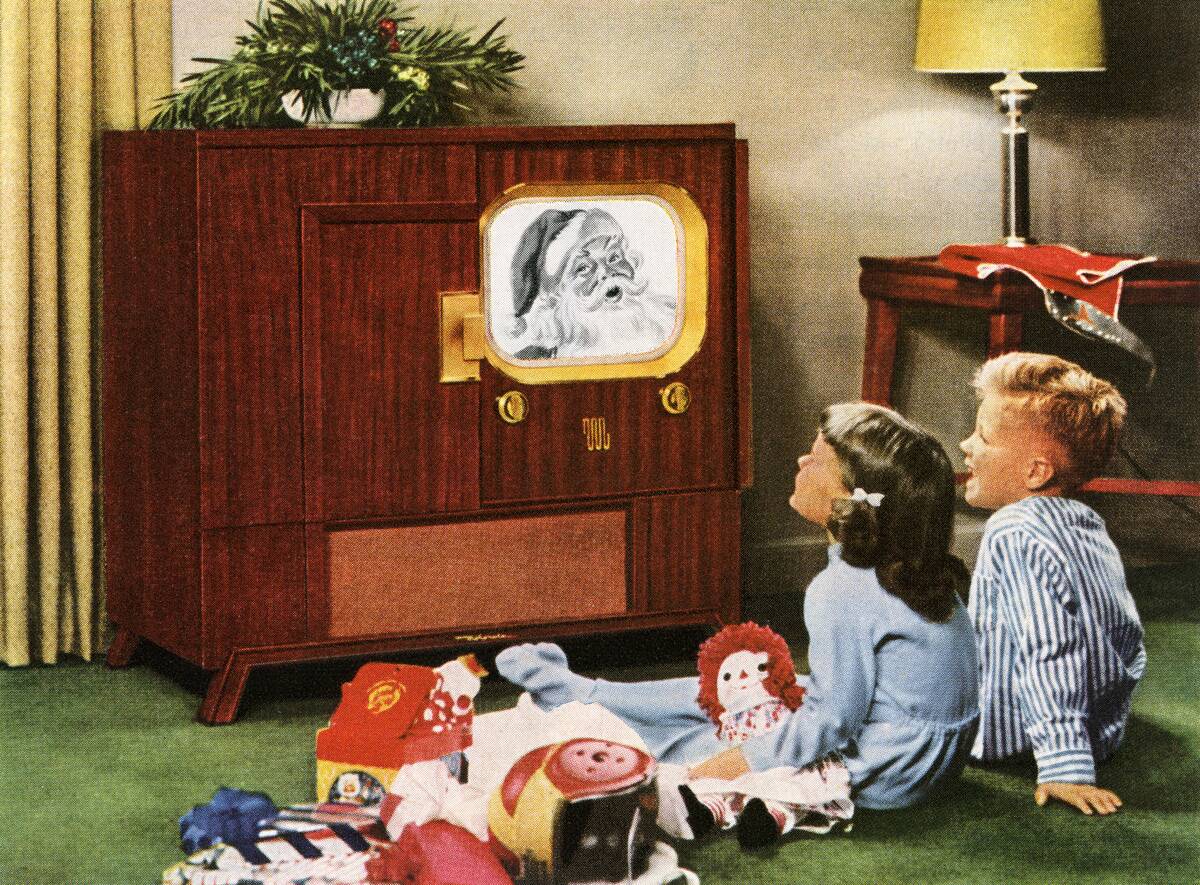
Suburban life has been a recurring theme in movies and TV shows, often idealized or satirized for its quirks and charms. Classic films like “Back to the Future” and TV shows like “The Wonder Years” depict suburban settings as quintessentially American. These portrayals evoke nostalgia for a simpler time while also critiquing the conformity and challenges of suburban living. Pop culture continues to reflect and shape perceptions of suburbia, keeping its influence alive in the collective imagination.
Modern Reflections: How Suburban Childhoods Compare Today
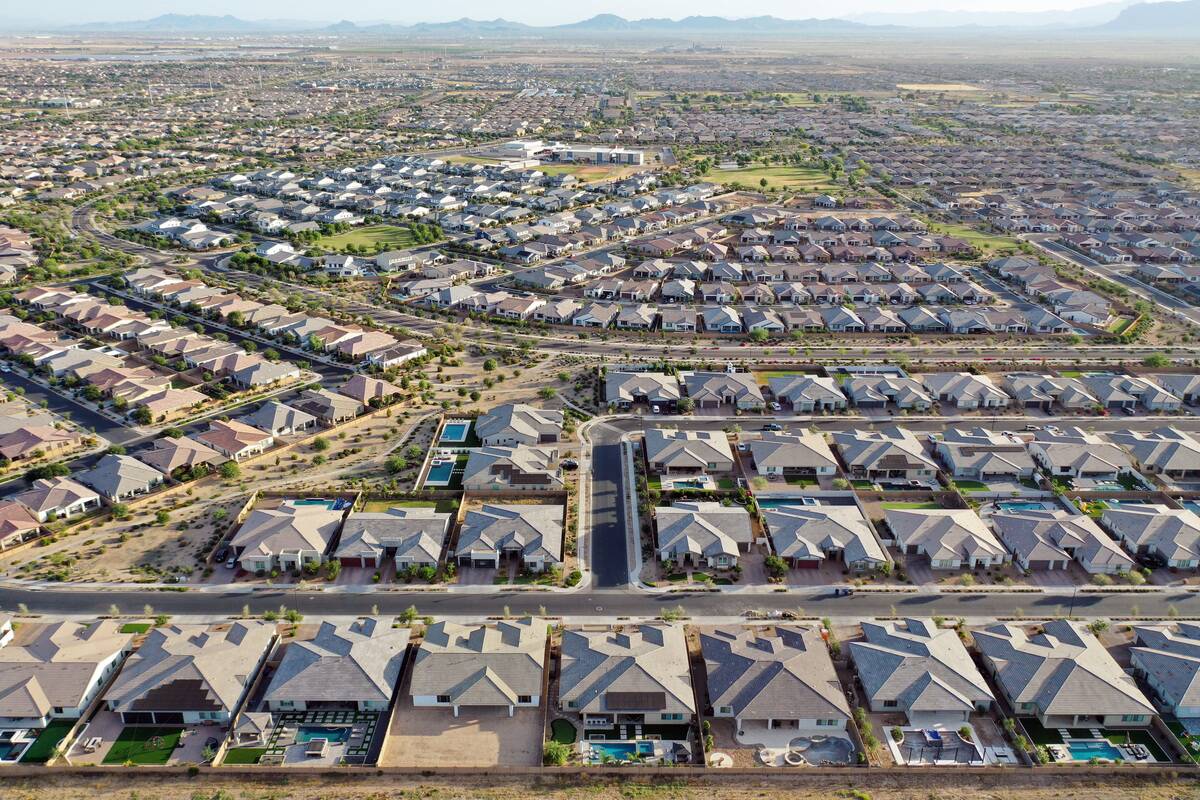
Today’s suburban childhoods retain many elements of the past, but with new twists. Technological advancements have changed play, with screens competing with outdoor activities. Diversity has enriched suburban communities, bringing varied cultural experiences. Environmental awareness has led to more sustainable practices, altering the suburban landscape. While some aspects remain unchanged, the modern suburban childhood is a blend of traditional values and contemporary influences, continuing to evolve with the times.



